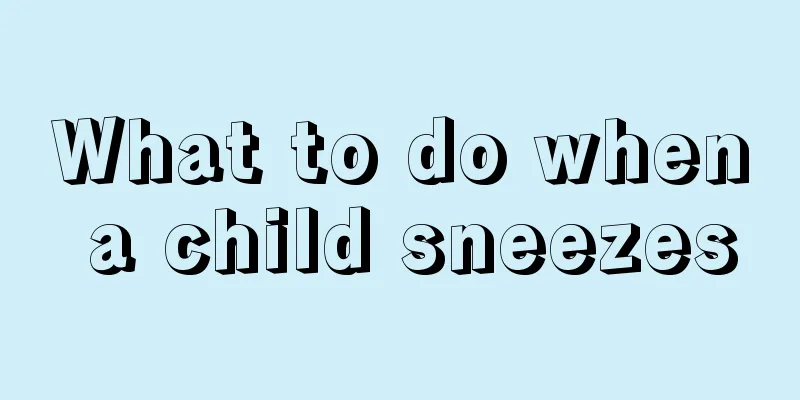Is it normal for children to lose their hair?

|
It is not normal for children to lose hair frequently. Parents should pay special attention to it to avoid other complications for their children. Hair loss should be within a reasonable range. If it is too serious, relevant treatments can only be carried out. In particular, endocrine hair loss should be dealt with in time to avoid any stimulation. It is an autosomal dominant inheritance, and its genetic characteristics are only expressed under the action of androgens. 2. Neurogenic hair loss When mental stress is too great, hair loss often increases. Under the influence of mental stress, the body's arrector pili muscles contract, the hair stands upright, the autonomic or central nervous system functions become disordered, the hair follicles' hair papilla changes and becomes malnourished, resulting in the inhibition of hair growth function, the hair entering the resting phase and hair loss. 3. Endocrine hair loss Hair growth is affected by a variety of endocrine hormones, so when endocrine abnormalities occur, it often causes hair loss diseases, such as postpartum and menopausal hair loss. 4. Nutritional hair loss Hair is an outward manifestation of physical condition. Malnutrition and abnormal metabolism can cause changes in hair quality and color. Severe malnutrition can even lead to diffuse hair loss. 5. Physical hair loss Common physical factors that cause hair loss include mechanical stimulation and exposure to radioactive substances. 6. Chemical hair loss Chemical factors can cause changes in hair color or even hair loss. 7. Infectious hair loss Infection by various pathogens is an important factor in hair diseases, mainly including infections by bacteria, viruses, fungi, spirochetes, parasites, etc. 8. Symptomatic hair loss Certain systemic or local diseases may be associated with hair loss. 9. Congenital hair loss Developmental defects cause complete loss or thinning of hair. Patients often have sparse and thin hair, or have normal hair at birth that falls out soon and does not grow back. It can be divided into isolated defects and other deformities. 10. Seasonal hair loss Generally, hair loss is more likely in summer because the high temperature causes the pores to expand, leading to hair loss. Hair loss is less likely in autumn and winter because the temperature drops and the pores close. |
<<: What to do if your child has a high fever and a sore throat
>>: 2 and a half years old bedwetting
Recommend
Symptoms of baby milk powder allergy
Some diseases may be invisible after the baby is ...
5 side effects of an unbalanced diet
It is common for babies to be picky eaters and ha...
What are the red spots on my daughter's face?
As the saying goes, a daughter is a mother's ...
Can children drink breast milk?
Generally speaking, children of childhood age are...
Why does my 4-year-old baby always complain of stomachache?
Many children will have some stomach pain as they...
Symptoms of gastroesophageal reflux in children
The problem of reflux in the feeding tube of youn...
Should children be spanked if they don't listen?
Many parents have their own opinions on whether c...
How to give baby eye drops
Because the baby's retina is not fully develo...
Is it okay to bathe a newborn baby frequently?
The hospital will organize a bath for the newborn...
How to treat constipation in children?
Constipation in children is common in our lives. ...
Treatment for pimples on baby's face
I believe every child will encounter the phenomen...
Papular urticaria in children
Children often receive vaccinations when they are...
How long can a baby's belly button be wet?
The baby's belly button is a very critical pa...
Vision correction methods for teenagers
With the continuous advancement of science and te...
How many deciduous teeth should be replaced?
Everyone must have experienced tooth replacement....









